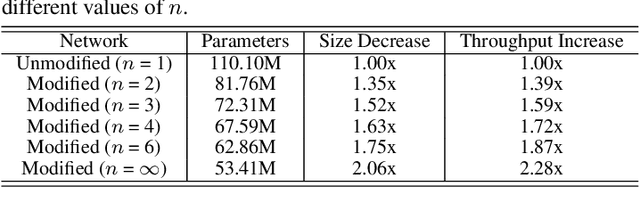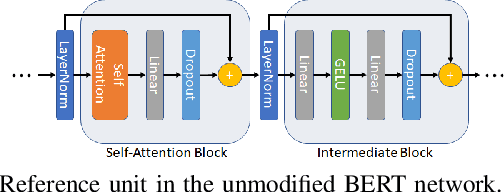Undivided Attention: Are Intermediate Layers Necessary for BERT?
Paper and Code
Dec 22, 2020



In recent times, BERT-based models have been extremely successful in solving a variety of natural language processing (NLP) tasks such as reading comprehension, natural language inference, sentiment analysis, etc. All BERT-based architectures have a self-attention block followed by a block of intermediate layers as the basic building component. However, a strong justification for the inclusion of these intermediate layers remains missing in the literature. In this work we investigate the importance of intermediate layers on the overall network performance of downstream tasks. We show that reducing the number of intermediate layers and modifying the architecture for BERT-Base results in minimal loss in fine-tuning accuracy for downstream tasks while decreasing the number of parameters and training time of the model. Additionally, we use the central kernel alignment (CKA) similarity metric and probing classifiers to demonstrate that removing intermediate layers has little impact on the learned self-attention representations.
 Add to Chrome
Add to Chrome Add to Firefox
Add to Firefox Add to Edge
Add to Edge